Fruit
All Fruit Content
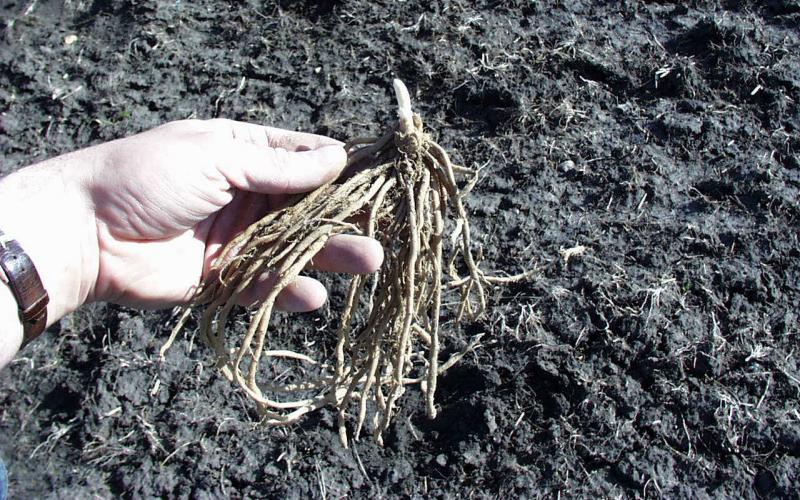
How to Plant Bare-Root Perennials
Many herbaceous perennial plants are sold as bare-root plants. A bare-root plant is just what it sounds like—a plant with bare roots and not growing in a container. Learn how to select, store, and plant these plants.
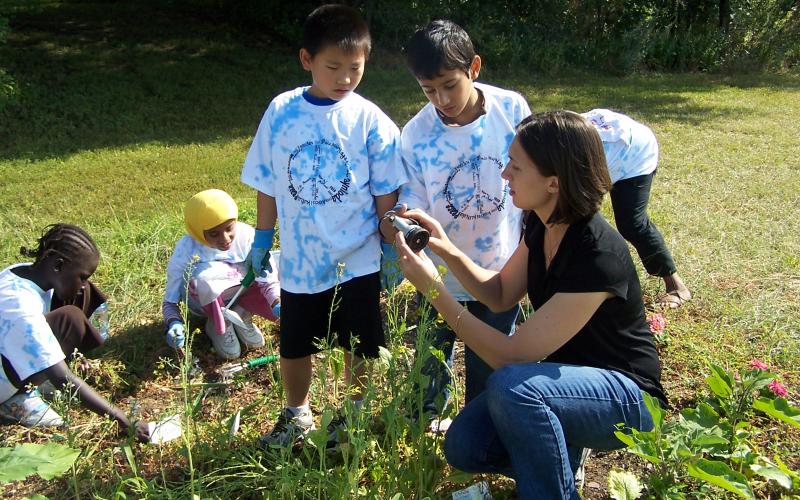
Ages & Stages in the Garden: Ages 9-11
When working with upper elementary youth in a garden consider their physical development and skill level as you develop learning activities. Nine to eleven year olds have better coordination and reaction time by this age, however sometimes dues to growth spurs there can be short-term issues with balance and coordination. Additionally, these children have more body strength and their hand dexterity has increased.
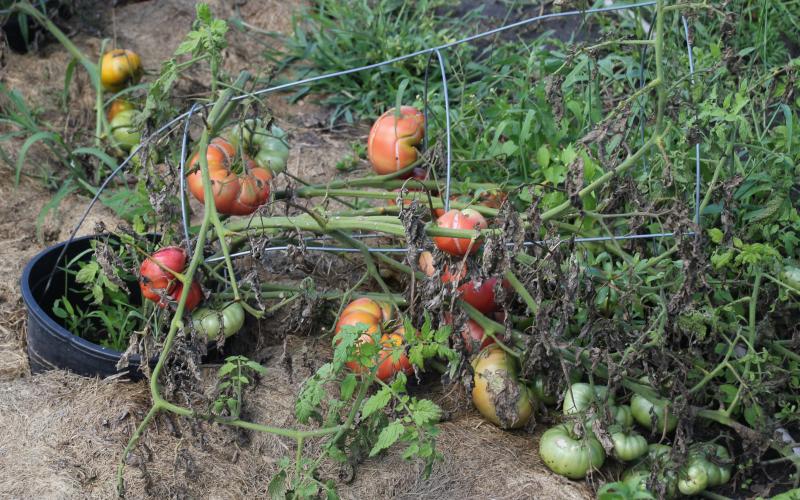
Wet Weather Leads to Tomato Problems
Most of the questions that have been coming in lately, and also earlier this summer, relate to tomato problems. Despite early predictions that this summer was going to be dry, many areas have received above average rainfall with many parts of South Dakota far exceeding typical rainfall amounts in the month of August. Many gardeners received 5 to 8” of rain or more in the first three weeks of August alone.
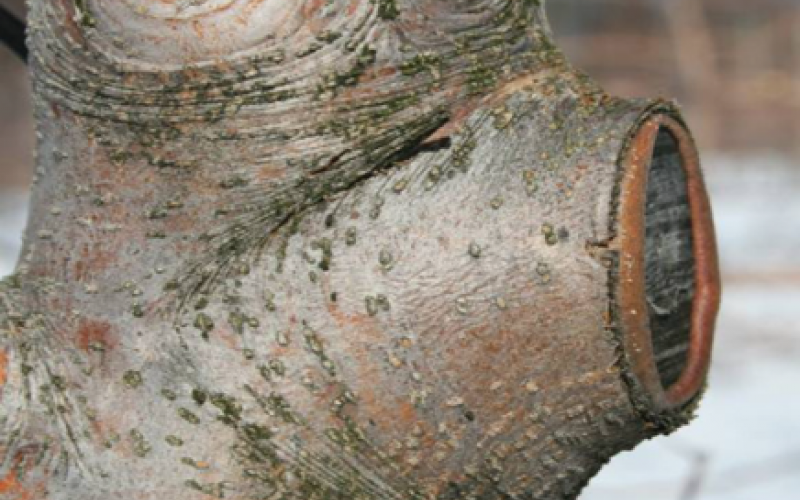
Pruning Fruit Trees
February is a good time to start pruning your fruit crops. Pruning is one of the most important cultural practices in growing apples and other fruit crops. It is important to prune your fruit trees at the right time to avoid the risk of damage to the crop. The ideal time to prune most fruit trees is anytime between February and April.
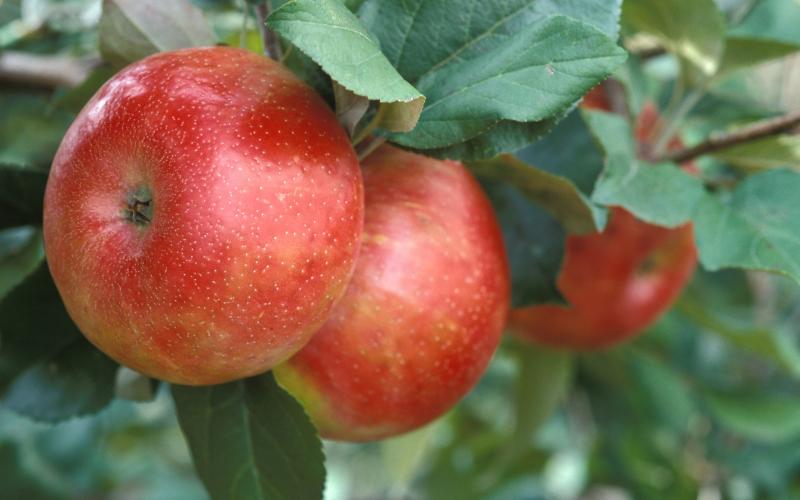
It's Apple Harvesting Time!
Do you know how to tell when an apple is ready to pick? Color change can be deceiving, since some apples turn red before they are fully ripe.
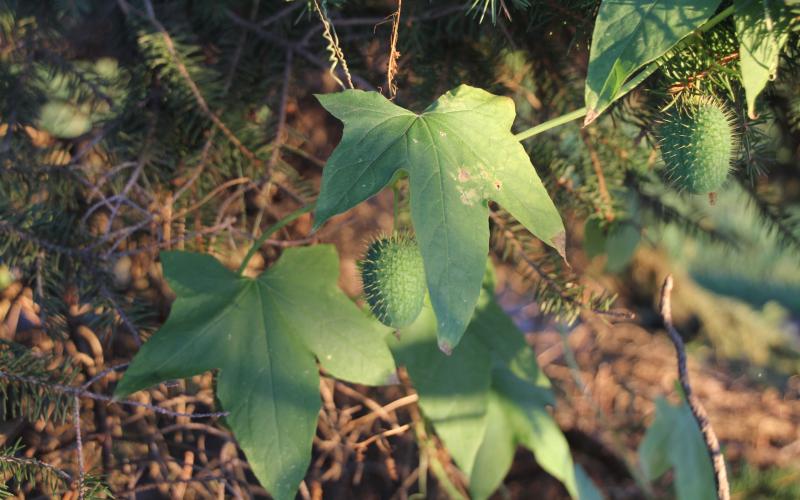
What's That Vine?
One of the most frequently asked questions that I have gotten recently refers to a vining plant that looks like it is going to take over the world, or at least a few trees in the yard or a section of a shelterbelt.

What is This Fruit… And is it Edible?
In mid- to late-summer, we often get the questions: “What kind of fruit is this?” and “Is it edible?” To identify a fruit, it is helpful to know both plant and fruit characteristics: Woody or herbaceous plant? Vining or upright? Do the leaves attach to the stem opposite each other (i.e., paired), or do they alternate from one side of the stem to the other? What size and color are the fruit? Is each fruit’s stem attached directly to the twig, or are they in a cluster that attaches to the twig? And, one question I find often helpful in distinguishing among smaller fruits, does it have a single pit, or are there several seed in each fruit?
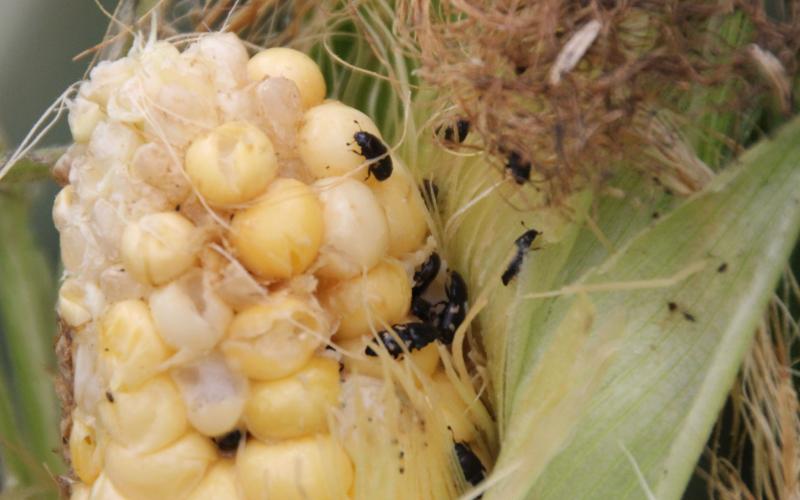
What’s Bugging Your Garden: Picnic Beetles
One of the most common garden insect questions I get asked is “what are those little black, spotted beetles that are in my sweet corn, tomatoes, raspberries and perhaps worst of all, in your beer! These little nuisances are called picnic or sap beetles. They are attracted to ripe or damaged fruit and vegetables.
Cranberries: A colorful and nutritious fruit
Fall is a busy time for farmers in the northern Great Plains, harvesting thousands of acres of corn and soybeans. Not too far away, in central and northern Wisconsin the harvest was in full swing too, but the crop they are harvesting is a small fruit called the cranberry. Wisconsin is the leading state in cranberry production, growing 60% of all of the cranberries consumed in the United States.
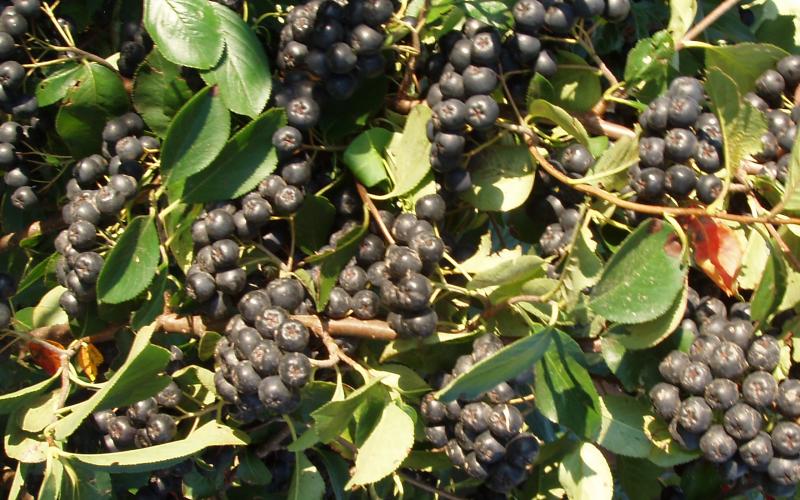
Aronia: Beautiful and Healthy
Aronia melanocarpa, or simply “aronia,” is an attractive shrub that has recently been gaining more attention in the Midwest – its berries are very high in antioxidants thought to be beneficial for human health.